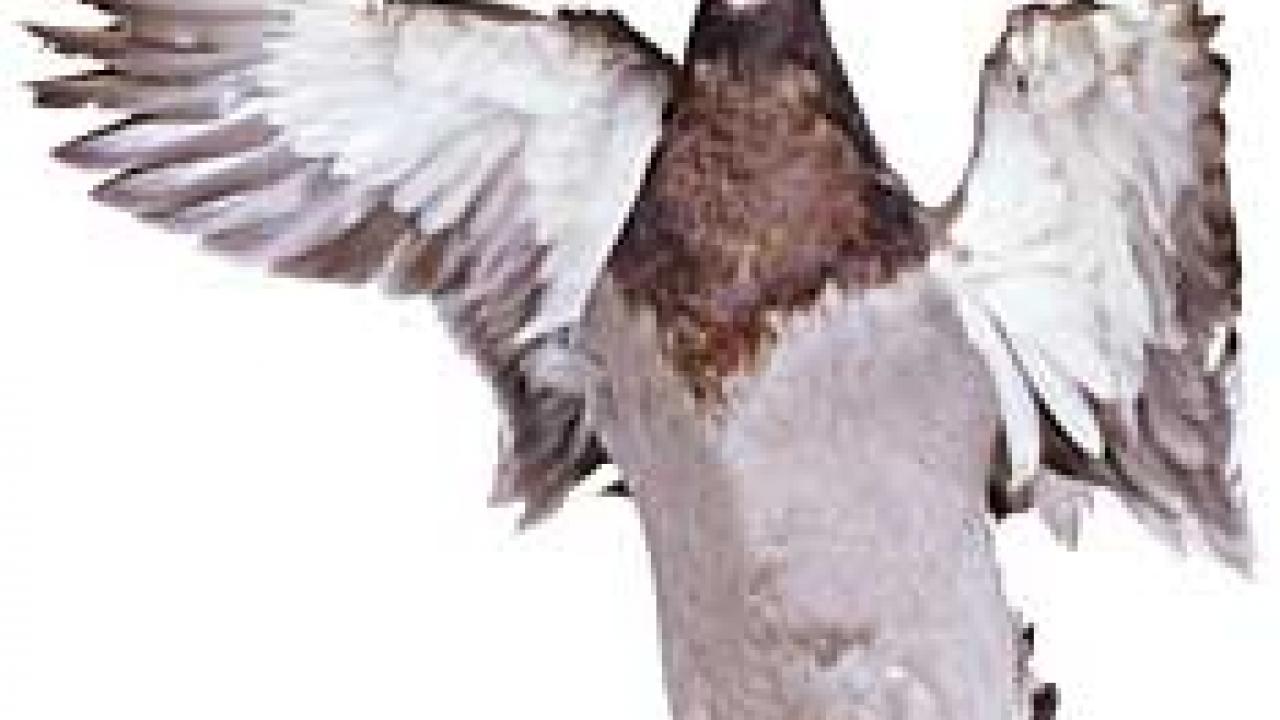As California's migratory season peaks, UC Davis scientists are asking how well our wetlands support wintering waterfowl.
California provides winter homes for 1 in 5 of North America's waterfowl, or 2-3 million birds. Their numbers are highest from October to December. Most flock to the Central Valley, making UC Davis an ideal location for studying them.
John Eadie, a professor of wildlife biology, and his colleagues have made the surprising discovery that our wetlands yield far less food than biologists assumed. That could have important implications for managing wetlands to support waterfowl populations.
Ducks and geese eat a combination of seeds, plant parts and invertebrates such as insects and worms. Biologists thought that each acre of wetland produced about 1,500 pounds of these foods per winter season, with at least half (750 pounds per acre) available to feeding birds. But Eadie's team found that Central Valley wetlands provide an average of only 500 pounds of food per acre, with some areas making much less.
Eadie points out that our wintering ducks and geese usually live on wetlands managed by humans. "California has lost over 90 percent of its natural wetlands, more than any other state," he says. This means that many birds spend the winter on flooded agricultural lands, where Eadie says they act as "flying rototillers," or on duck club properties, preserved by hunters to help maintain duck populations.
Management strategies, such as the use of irrigation or cultivation, might have a big impact on food yields. "We may be able to get more food from existing habitat by managing it differently," Eadie says. "It's not only the acquisition of more habitat that is important."
In one project, Eadie is testing whether irrigating wetlands increases their food yields. He's also asking when irrigation should happen, and how much to irrigate.
Eadie's work will add to international conservation efforts. Although North American waterfowl populations are recovering from their 1980s lows, they are still below the 1970s levels that conservationists hope to reach.
Media Resources
John Eadie, Wildlife, Fish and Conservation Biology, (530) 754-9204, jmeadie@ucdavis.edu
